Has marijuana lost its appeal for teens following US legalizations?
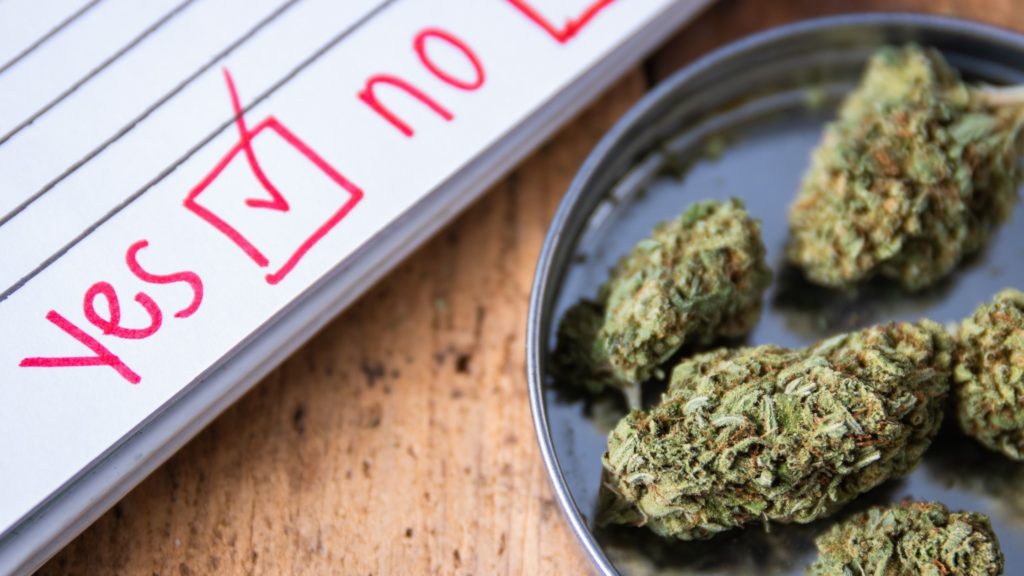
In the past several decades, the recreational use of marijuana has largely been identified as a trope of teenagers, whether it’s smoking a spliff on-screen or a collection of bongs in a teenage stoner’s bedroom. This trope, while significantly exaggerating the level of marijuana use by teenagers, matched the slow and steady increase defined in reports across the USA, with pot use only a few years ago proving the most common form of drugs use for teens; a number that was only increasing.
With eleven states and counting now having fully legalized support for the use of marijuana, and several other states on the brink between decriminalized and legalized, the use of pot for any purpose no longer holds the same risks as it once did in many parts of the USA. So it should be expected, then, that there would be a considerable increase in the use of marijuana for all purposes. But what about those people that fall outside the new laws, such as those under the age of 21?
The smoking of weed in a range of forms has always been something common amongst teenagers, whether in high school or as a young adult during college years. It could be said there’s always been a specific culture surrounding it, often associated with the underage use of other drugs such as alcohol. Over the years, these figures have been creeping up and up – until the point in which the first rumblings of legalization began across the US as a whole.
Backing up the concept of weed and high schoolers going hand-in-hand, a report by the University of Michigan back in 2016-17 showed that the use of marijuana in teenagers was at an all-time high, and only looked to be increasing. That is until the USA found itself deep into the world of marijuana legalization across many of its states. For the youth of America, suddenly finding marijuana a totally legal substance used by older relatives, teachers, and other authority figures, it seems that pot has lost a little of its shine.
According to a recent study by JAMA Pediatrics, published on Monday, 8th of July, a significant 8% drop has been observed in the number of high school students using marijuana within the past 30 days. Compared to prior studies, a 9% drop was also shown in teenagers using marijuana consistently over the past 30 days. What this suggests is that, as cannabis has become less of a taboo mystery and more of a normal part of life, it doesn’t carry the same status as it may have done previously for teenagers.
Even more interestingly, this research has shown a potential correlation not with the legalizations of medical marijuana, but with the legalization of marijuana for recreational use. The significant difference between teenagers’ use before and after may not provide us with a concrete answer, but it does suggest one thing: that as the attitude surrounding recreational pot use changes, so does the way it is perceived by the younger generation.
As part of the legalization of marijuana across many states, including California, there is no longer any need for street dealing. Instead, adults who are legally allowed to use marijuana recreationally can walk into one of the many dispensaries dedicated to the now-legal drug to access hundreds of varieties of the once-illicit plant substance. But the presence of these dispensaries, in themselves, may be part of the reason why weed use amongst teenagers is reduced.
Unlike street dealers, and much more like liquor stores or pharmacies with controlled medicines, those wishing to buy must usually supply valid ID to access marijuana if they appear under the age of 25. For high-schoolers, who fall far below that limit, pot may be harder to come by, thanks to past business being pushed out by legal storefronts and smart online businesses working to corner a market that’s now worth billions.
So, do we know why, precisely, the use of cannabis is steadily reducing in teenagers in comparison to significant increases in older generations as featured in a wide range of marijuana news outlets? While this one study has shown a significant reduction, studies published in the American Journal of Public Health pre-2017 showed a rapid increase in marijuana use in the US, from 0.6% back in 1991 through to 6.3% in 2017. As such, there must be a reason behind the sudden drop demonstrated in the study, and the only major event that fits the bill is recreation legalization. But that statement doesn’t really get into the why behind the how.
Further backing up the hypothesis that legalized marijuana reduces pot use in teens is a study published back in February of 2019, featured in Science Daily and published in the American Journal of Drug and Alcohol Abuse. In this study, more than 800,000 teenagers of high school age across 45 of the states were surveyed for the use of cannabis, with the result showing that the use of marijuana was 1.1% less on average in states with marijuana legalization laws in place, medical or otherwise.
It’s long been theorized by those against the use of marijuana that increased availability would lead to increased risk to children and teenagers, who would have ready, legal access to a substance that would otherwise be illegal. However, these studies show that that idea couldn’t be further from the truth, with most research pointing towards stability in numbers and others even suggesting a significant decline, as in the study published within JAMA Pediatrics.
As for the reasons behind the lower figure, Mark Anderson of Montana University has stated to Reuters that supply may actually be the cause for reduced access, as licensed dispensaries require proof of age. It could also be suggested that the normalization of cannabis as a legal drug used by older generations makes pot less appealing; especially with more and teens jumping on the increasingly popular vaping bandwagon, which many experts are far more concerned about than the occasional spliff thanks to its link with smoking cigarettes later in life.
In an age where our thoughts and attitudes about many things, including drugs, are not set in stone – and where teenagers have endless opportunities available to them to explore the opinions of others online – it’s no surprise that attitudes surrounding the use of drugs are changing, especially with a subject as divisive in recent history as marijuana. The increased visibility of cannabis as a legal recreational drug also opens the door to better conversations between parents and children surrounding the use of substances, whether it’s legal ones such as alcohol or marijuana or less legal criminalized substances.
In the same article published by Reuters, Dr. Ellen Rome, head of Adolescent Medicine or Cleveland Clinic Children’s, Ohio, stressed the fact that frank discussions about the world around teenagers are a must for any modern parent, especially when it comes to the grey area that marijuana is in within some states. For adolescents, cannabis doesn’t seem to hold quite the same appeal – but for thousands of other users of medical and recreational legal marijuana, the benefits are already apparent within the few short years of legalization taking hold.

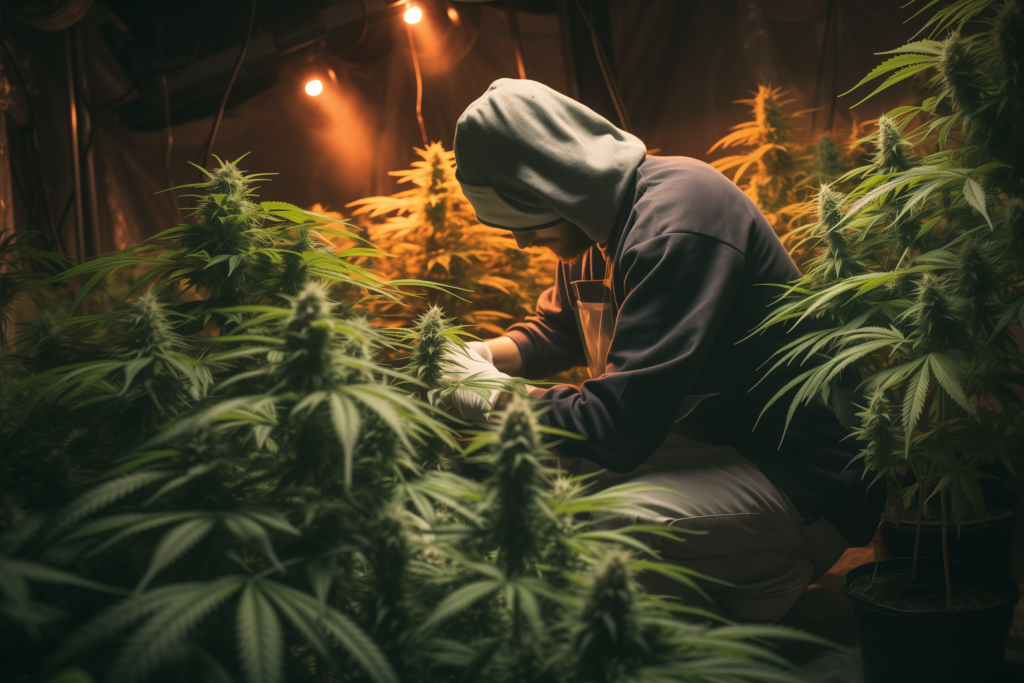
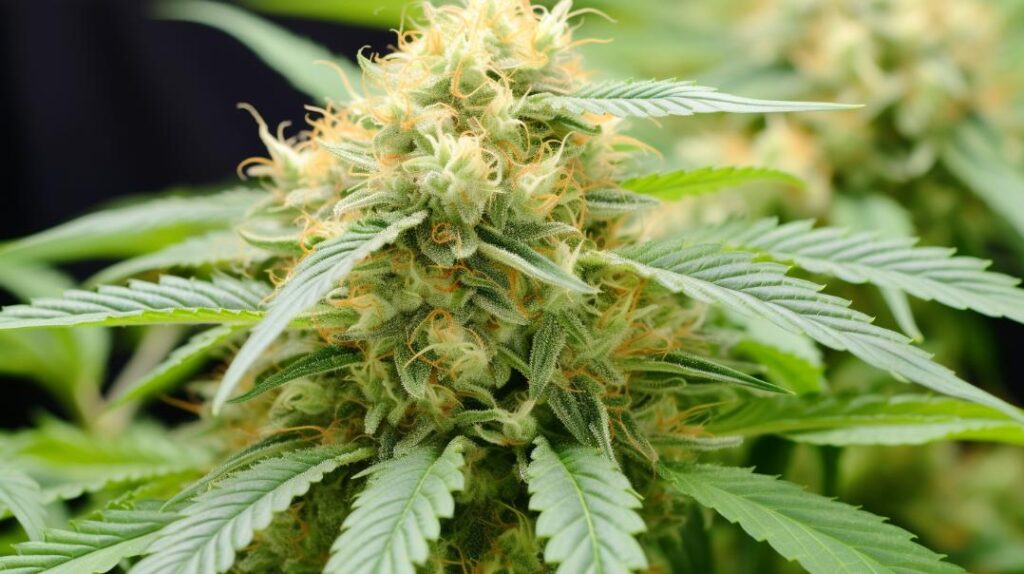
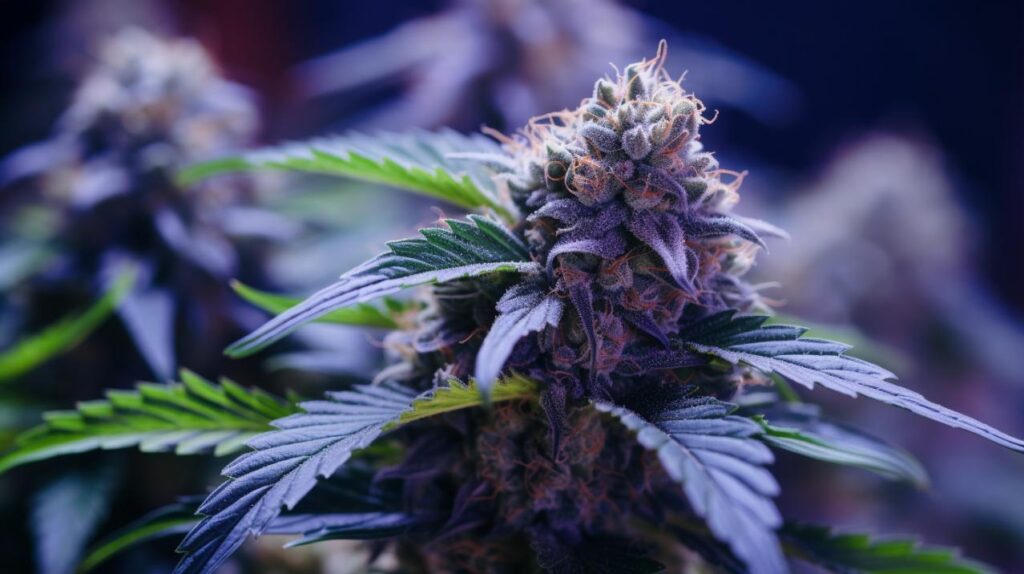
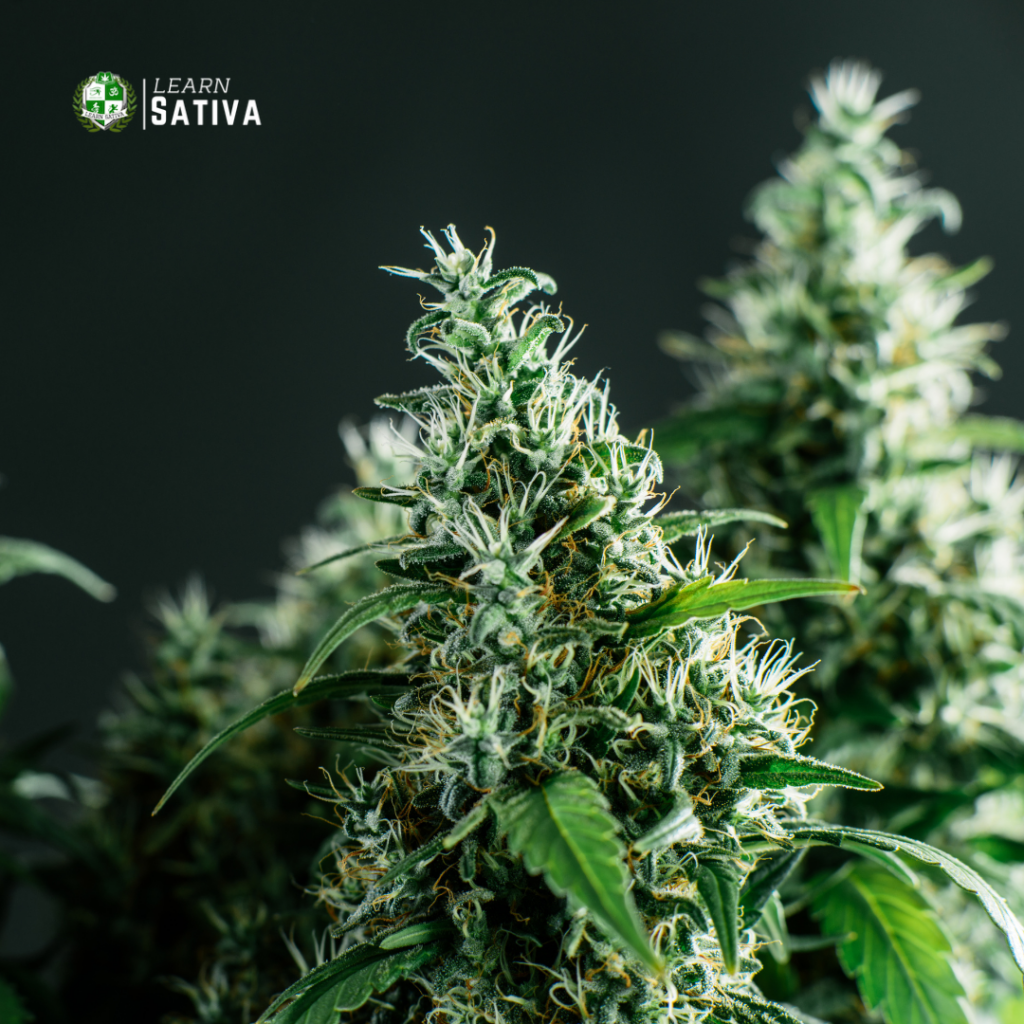


Responses